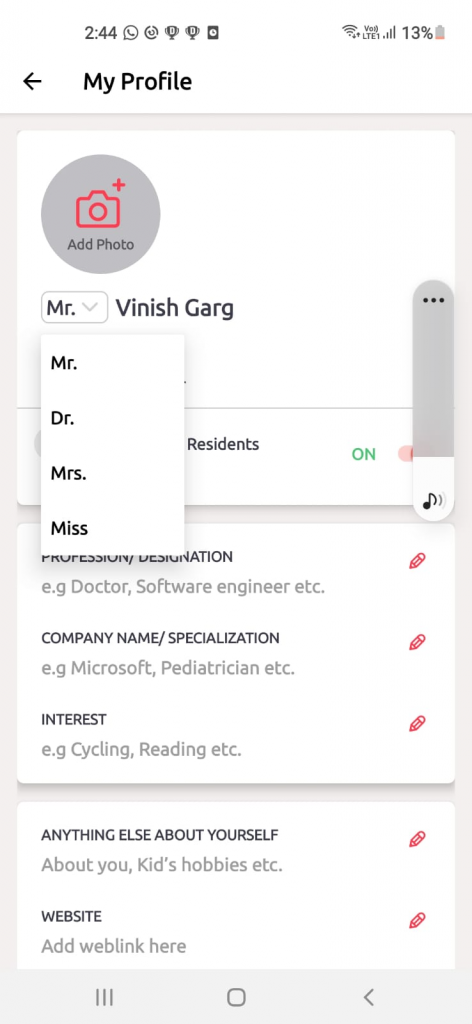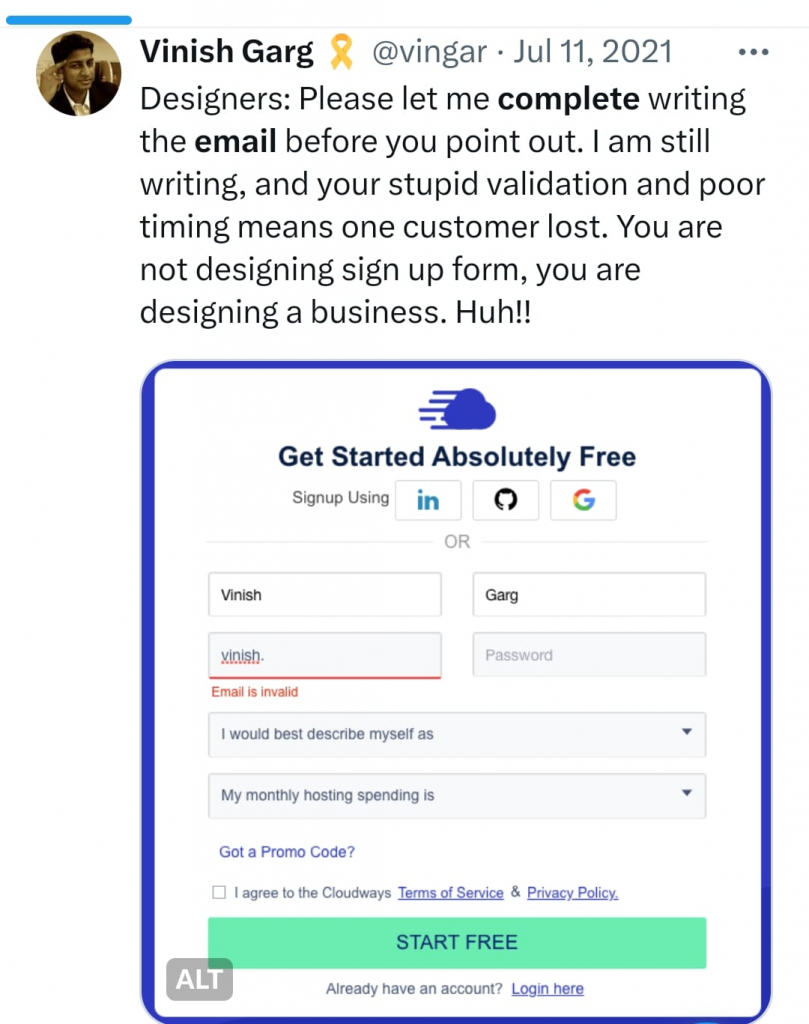While looking at the headlines around ‘Is design dead?‘ in many articles, social media posts, and discussions, I was thinking of the survivors.
When something dies, it leaves behind the survivors and some inheritance as well. It applies to humans, to the trees, and to our cities as well. It is true for the experiments too—we can smell it in a Chemistry lab, and in a CMS lab as well.
Ryan Rumsey have put together a well-structured design cemetery (see their Notion space). Unlike traditional human cemeteries that are designed away from a neighborhood, the design cemetery is right in the middle of a city, the city named DC—Design Capacity.
What survives after design is dead
Back to the goal of this post, let’s see what survives.
Sign up

Doctors only

Onboarding

The criteria

No architect quotes for designing a house for number of bricks—they care for the building, and not the number of bricks. (My comment on a Medium post.)
Our sign up forms

The Invasion

Special characters by special engineers

The parameters

The death of design (if you believe it) shows our waning design capacity.
Our Design Capacity
We saw what survives after design (part of this inheritance was building even when design was thriving but we shall see more of this building very quickly, sometimes wrapped in the vibe design containers).
The city, DC is responding to build this inheritance positively. We have left ample space in the middle.
Marketing should be delighted and engineering too—no turf wars now. Content strategy and content design are the only saving grace—massive responsibility and up to the task.
